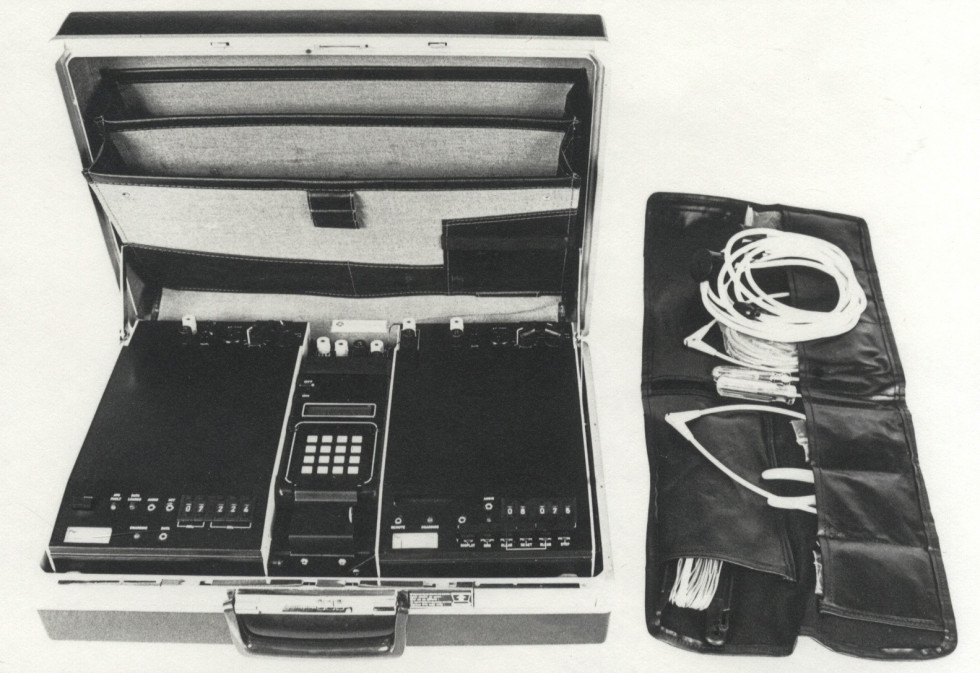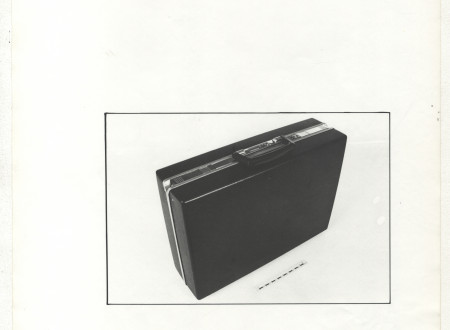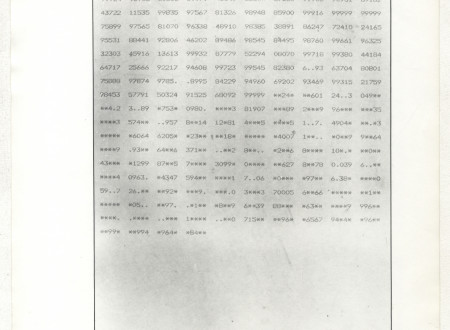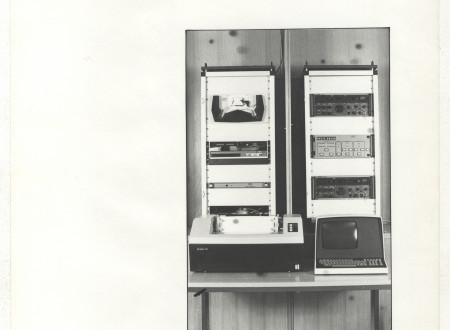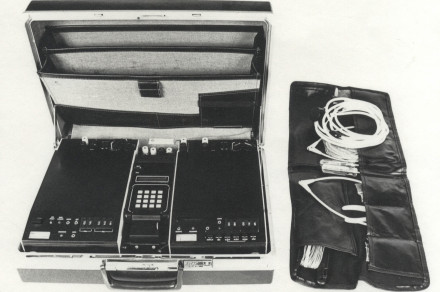Technology of the Yugoslav State Security Service's James Bond
Internal Affairs Authorities of the Socialist Republic of Slovenia and Their Secret Radio Communications with Intelligence Agents, Their Radio Eavesdropping Activities and Protection Against Radio Surveillance
Following WWII, Slovenia found itself trapped between two military blocks. Immediately after the war, the Americans and the British, who ideologically opposed communism, were regarded by the newly established Yugoslav one party regime as its most serious threat, but the 1948 Informbiro crisis made the list of the so-called Yugoslav external enemies even longer, adding to it also the Soviet Union and its satellites. Yugoslav internal affairs authorities believed that »external enemy« collaborated with Yugoslav class enemy (»internal enemy«). The latter was believed to consist of the expropriated bourgeois, the remains of bourgeois political parties, Quisling organisations (or whatever was left of them), political emigration and also the Church. The purpose of the external and internal enemy was to destroy the Yugoslav one-party regime. They were to achieve this by starting the so-called special war, which Edo Kranjčevič, a high ranking official of Yugoslav internal affairs authorities, described in 1978 as »/…/ a complex, a body of organized violent and subversive actions, impacts and pressures in literally every sphere of social life, particularly in connection to ideology, politics and diplomacy, culture, education and science, economy, propaganda and information, security and defence etc., directed against the state and its social-political organization / …/«.
An efficient weapon in this »special war« turned out to be a well-organized network of agents and implementation of secret communication channels. Internal affairs authorities of the Socialist Republic of Slovenia thus paid special attention to both establishing radio communications and to supervising them as well – »radio eavesdropping activity«. Their goal was to research and uncover foreign intelligence stations in Slovenia and abroad, to follow radio communication of foreign intelligence centres with their agents, to direct and collaborate with Slovenian intelligence stations in the field, as well as to prevent the opposing states from spreading their propaganda in Slovenia.
However, in 1980 the State Security Service (SSS) came to a conclusion that supervision of radio communication in Slovenia was in serious trouble and lacked the needed human resources and technology. They believed the situation was due to the fact that since 1966 radio communication supervision was entrusted to Yugoslav People’s Army, which for two decades failed to provide the sufficient funds for the purchase and maintenance of equipment and professional training.
By the end of the 1970s, the SSS decided to make some changes in regard to implementation and supervision of radio communications. The number of SSS secret missions abroad increased and so did the need to supervise radio communications of foreign police and of possible foreign agents. Extensive market research was done to purchase »prototypes«” of equipment that would enable secret communication with operating agents. State Security Service contacted Racal Tacticom Ltd., a British company founded in 1950 that specialized in developing military radio and encrypting technology. At the end of the 1970s, the company launched the sale of a new base and portable spy radio station system, which the magazine Electronic & Power described as a spy radio worthy of James Bond himself.
The SSS purchased the system and tested it. Their 1983 report on the Racal agent communication system shows that they believed the tested Portable High Speed Data Radio Station (Racal MA-4150) to be an efficient and easy-to-handle system, whose own battery enabled it to establish communication while in motion, which reduced the potential threat of communication channels being detected or followed. A portable radio station or field station was built in a standard Samsonite executive style briefcase which included the receiver (Racal RA-4151), transmitter (Racal TA-4152) and message store unit (Racal MA-4153). Even when switched off, the latter could store encrypted messages for a period of one week. If needed, the system could be extended with a handy data encryption unit (Racal MA-4245) with a standard QWERTY keyboard. For optimal use of the field station one needed to use Racal base station (Racal MA-4180) which consisted of a command unit (Racal MA-4180), tone generator (Racal MA4181), tape reader (Racal MA4182) and a screen with a keyboard. The device could independently check for mistakes, remove ambiguities, and encrypt and decode messages. Its efficient antennas enabled long distance communication and could in ideal conditions achieve a range of 5000 km and communicate with 5 different field stations at the same time.
The system enabled the operator (an agent in the field or in secret location) to send a message to the station, using a special code book. The message was then at the station changed into 5-figure numeric groups before being transmitted in the form of a special Racal format, Morse code or as a sound. Using a special decoding device, the receiver of the message could decode it and so prevent the unprotected message from coming to the wrong hands.
The SSS was in »good company« as far as using Racal military and encrypting solutions was concerned, since it was not the only European intelligence service that during the Cold War employed Racal products. Here presented Racal base and portable spy radio station system was in the 1980s used also by a special unit of the Dutch secret intelligence service (known as Operatiën en Inlichtingen/Operations and Intelligence). Unfortunately, the records kept by the Archives of the Republic of Slovenia do not reveal the number of Racal systems that were actually purchased by the SSS, but it was planned to purchase at least 13 field and one base station, which would enable their agents a continuation of their intelligence work.
Gregor Jenuš


